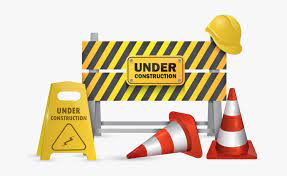Running a building and construction business in Queensland comes with many responsibilities. These include holding a current QBCC licence and meeting the Minimum Financial Requirements (MFR).
The Minimum Financial Requirements (MFR) Regulation was introduced in Queensland on 1 January 2019 to promote stronger financial stability within the building and construction industry. This regulation sets allowable annual turnover – Maximum Revenue, determined by a licensee’ working capital – Net Tangible Assets, in relation to their debts – Current Ratio.
Maximum Revenue refers to the maximum turnover a business can earn in the financial year and is based on an entities Net Tangible Assets. A business cannot increase its maximum revenue by more than 10% without first submitting a MFR report to QBCC proving there is enough capital to support the revenue increase.
Part of this MFR Report includes reporting an entities Net Tangible Assets. These are calculated as:
[Assets] – [Liabilities] – [Intangible Assets] – [Disallowed Assets]
Allowable assets include cash, plant and equipment, tools and real estate. Liabilities include any debts or obligations, including related entity loans. Intangible assets include goodwill, trademarks, patents and borrowing costs. Disallowed assets include recreational vehicles, unregistered vehicles, cryptocurrency, boats, jet skis and other collectors’ items.
Please note the above examples are not exhaustive and a complete list can be found on the QBCC website.
In addition to the Net Tangible Assets calculation is the Current Ratio Requirements. This shows the financial viability of a business by assessing their current assets in relation to current liabilities. A minimum current ratio for a licensee is 1:1. This means a licensee must have at least $1 of current assets for each $1 of current liabilities and is calculated as:
Current Assets / Current Liabilities
The current ratio is a critical component of the MFR regulation and must be maintained at all times! Not just on 30 June for annual reporting purposes.
Through the use of regular financial checks and a clear understanding of rules, you can ensure your QBCC compliance is maintained.
Author
Emma Russoniello




